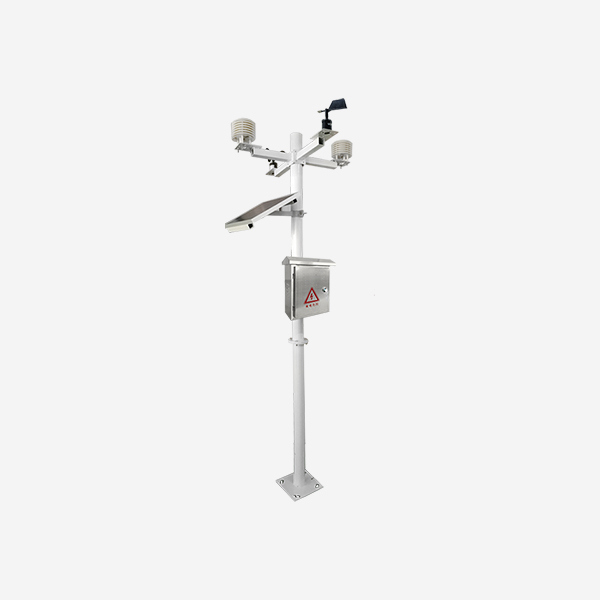Met Stations, also known as weather stations, are critical tools in climate research. They collect a wide range of data on atmospheric conditions, providing valuable insights into the changing climate and weather patterns that affect our world. In this article, we will explore the importance of meteorological stations in climate research and the scientific discoveries they have facilitated.

What are Met Stations?
Met Stations are scientific instruments used to measure and record data on atmospheric conditions such as temperature, humidity, wind speed, and precipitation. These stations may be located on land, sea, or in the air, and can provide real-time data on weather patterns and climate variability.
Importance in Climate Research
Met stations play a significant role in climate research by providing accurate, long-term data on weather patterns and climate change. This data is invaluable for scientists in studying the causes of climate change, predicting future weather patterns, and developing strategies to mitigate the negative impacts of climate change.

To understand the importance of meteorological stations in climate research, let’s take a closer look at some of the key areas of study where these instruments have been crucial.
Climate Change Research
Met stations are an essential tool in climate change research since they provide long-term records of atmospheric conditions. Scientists can use this data to identify trends and patterns in weather patterns and track changes over time. For instance, meteorological stations have shown that carbon dioxide concentration levels have risen dramatically in the last century, coinciding with rising global temperatures.

Disaster Management
Met stations are also crucial in disaster management efforts. By providing real-time data on weather patterns, meteorological stations allow meteorologists to issue timely weather alerts, reducing the risk of danger to people and property. This early warning system is especially important in areas prone to extreme weather events, such as hurricanes, floods, and tornadoes.
Agriculture
Met stations play a crucial role in optimizing crop yield by providing farmers with information on weather patterns, soil moisture, and other factors impacting crop growth. Farmers can use this data to adjust their planting and irrigation schedules, improving crop yield while reducing water usage.
Renewable Energy
Met Stations are also used in the renewable energy industry. For instance, wind farms rely on meteorological stations to calculate wind speed and direction, allowing for optimal positioning of wind turbines. Similarly, solar power plants use meteorological stations to estimate incoming solar radiation, which helps in optimizing the plant’s output.
Conclusion
Met Stations are essential tools in climate research, providing valuable data on atmospheric conditions that aid in understanding climate change trends. They have facilitated important discoveries about our planet’s changing climate and weather patterns, helping scientists predict future changes and develop strategies to mitigate their impact. In addition, meteorological stations play a crucial role in disaster management, agriculture, and renewable energy. As our planet continues to face the challenges of climate change, the importance of meteorological stations in scientific research will only continue to grow.